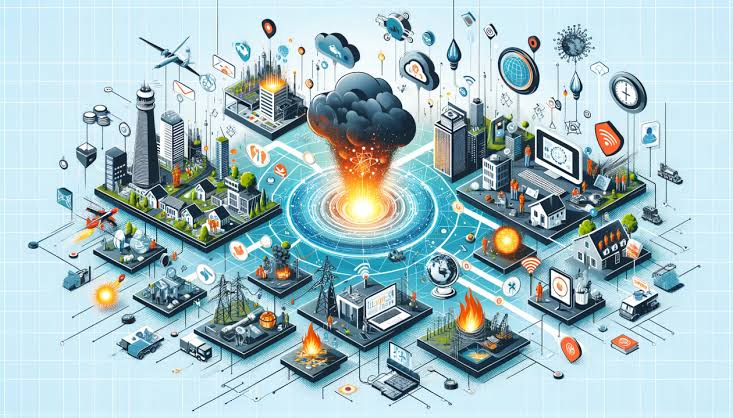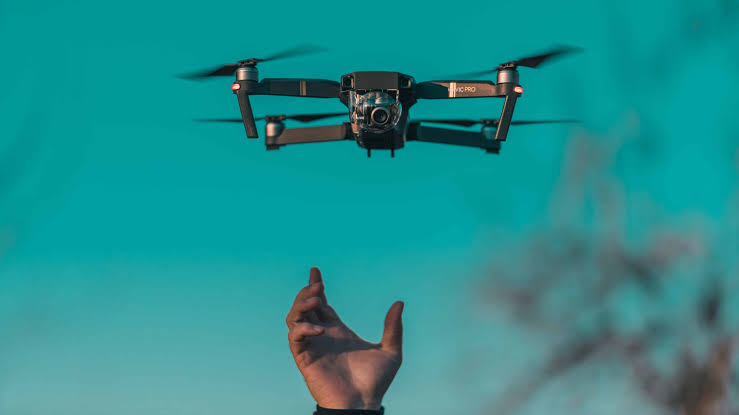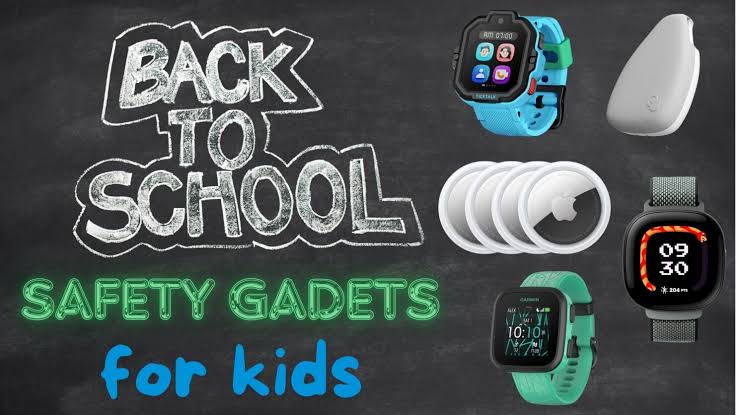In recent years, the increasing frequency and intensity of natural disasters—from wildfires and hurricanes to floods and earthquakes—have exposed the urgent need for faster, smarter, and more coordinated emergency response efforts. As of July 2025, smart gadgets have become crucial tools in enhancing disaster preparedness, response, and recovery processes. With the power of real-time data collection, AI, IoT, and cloud computing, these devices are helping save lives, accelerate rescue operations, and minimize damage in unprecedented ways.
Smart gadgets are no longer limited to consumer convenience—they are now front-line responders, offering situational awareness, communication support, and autonomous decision-making in critical moments.
Key Areas Where Smart Gadgets Improve Disaster Response
The application of smart gadgets in disaster management covers several vital areas, each addressing unique challenges in the field. These areas include:
- Early warning and prediction systems
- Real-time communication and coordination
- Search and rescue operations
- Post-disaster recovery and resource allocation
- Public awareness and preparedness training
Each of these domains is being transformed by the latest technologies embedded within smart gadgets and devices.
Early Detection and Warning Systems
One of the most impactful uses of smart gadgets in disaster response is their role in early detection. These devices monitor environmental conditions and issue timely warnings before disaster strikes.
Smart Sensors and IoT Networks
- Weather stations equipped with IoT sensors collect real-time data on temperature, humidity, wind speed, and pressure.
- Seismic activity monitors detect tremors and trigger alerts within seconds.
- Flood detection gadgets installed in rivers and dams notify authorities of rising water levels.
AI-Powered Prediction
- Machine learning algorithms analyze historical data and live inputs to forecast potential hazards.
- AI platforms connected to satellite systems now predict wildfires and hurricanes with greater precision than ever before.
The key benefit of these systems is their ability to deliver targeted alerts to people via mobile apps, smart speakers, and connected home systems, giving residents precious time to evacuate or seek shelter.
Enhanced Communication and Coordination
In disaster zones, traditional communication lines often collapse. Smart communication tools are vital in bridging gaps and ensuring responders stay connected.
Smart Radios and Satellite Phones
- Devices like satellite-based phones and mesh network radios ensure uninterrupted connectivity, even when cellular towers fail.
- These gadgets support voice, text, and GPS location sharing in real time.
Wearables for First Responders
- Smartwatches and wearable devices track responder health metrics (heart rate, fatigue, hydration) and location.
- Integrated AI alerts dispatch coordinators if a responder is in distress or enters a danger zone.
Mobile Apps and Platforms
- Platforms like Zello, Bridgefy, and RescueNet allow emergency teams to communicate securely over smart devices even without internet.
- Apps for the public offer location-based updates, evacuation maps, and two-way check-ins.
Search and Rescue Technology
Smart gadgets have dramatically improved search and rescue operations by enhancing visibility, precision, and speed.
Drones and UAVs
- Equipped with thermal cameras and LiDAR, drones can quickly scan large disaster areas for survivors.
- AI-enabled drones analyze terrain and suggest optimized rescue paths.
Robot Dogs and Autonomous Crawlers
- Smart robotic units can enter unstable or debris-filled environments that are too dangerous for humans.
- These gadgets are capable of detecting sounds, body heat, and even movement beneath rubble.
GPS Trackers and Smart Tags
- Victims or at-risk individuals can be equipped with smart bands that emit a signal detectable by search teams.
- In emergency shelters, RFID tags help account for people and manage logistics like food or medical supply distribution.
Post-Disaster Recovery and Resource Management
Once the immediate danger has passed, smart gadgets continue to play a critical role in recovery and resource allocation.
Smart Drones for Damage Assessment
- High-resolution drones survey infrastructure damage to roads, buildings, and power lines.
- AI software then prioritizes areas for repair based on severity and accessibility.
Resource Distribution with Smart Logistics
- Inventory sensors in supply trucks and emergency shelters track food, water, and medicine in real-time.
- Cloud-based systems allocate resources more efficiently to where they’re needed most.
Water and Air Quality Monitoring
- Post-disaster pollution levels are tracked using smart environmental sensors.
- These systems alert communities if it’s unsafe to drink water or breathe air in the affected zone.
Educating the Public and Promoting Readiness
Preparedness is just as important as response, and smart gadgets are helping educate and empower the public like never before.
Disaster Simulation Apps
- Mobile and VR apps simulate disaster scenarios to train users on proper response techniques.
- These simulations build familiarity with emergency procedures and improve community resilience.
Home Emergency Systems
- Smart home hubs now come with built-in disaster modes, such as fire suppression or automatic door unlocking during an evacuation.
- Users receive instant alerts and safety instructions via smart speakers and connected screens.
Wearable Alerts for the Vulnerable
- Children, elderly, and disabled individuals can wear smart bands programmed with emergency contacts and automated SOS features.
- Some devices automatically notify rescue services if the wearer is in a high-risk area and not responding.
Challenges and Considerations
Despite their advantages, smart gadgets in disaster response are not without limitations.
- Power dependency: Many devices fail without power, and outages are common in disasters.
- Data privacy concerns: Tracking and surveillance raise ethical issues that need regulation.
- Accessibility: High cost and internet dependency limit adoption in underserved regions.
- Cybersecurity: Smart systems can be vulnerable to hacking if not properly secured.
Addressing these challenges will be critical for the widespread and effective adoption of these technologies in emergency management systems globally.
Conclusion: A Smarter, Faster, More Human Response
Smart gadgets are reshaping how humanity responds to disasters. What was once slow, fragmented, and manual is now becoming faster, connected, and precise. From forecasting hurricanes to locating survivors in rubble, these technologies provide eyes, ears, and intelligence that dramatically enhance disaster resilience and humanitarian efforts.
As we move deeper into 2025 and beyond, the fusion of smart gadgets with AI and human expertise promises a future where fewer lives are lost, response is quicker, and recovery is more efficient. Empowering first responders and citizens alike, smart devices are not just enhancing disaster response—they’re redefining it.




Smart gadgets are transforming disaster response by enabling faster warnings, better communication, and more efficient rescue and recovery. From drones and wearables to AI-powered alerts, these tools help save lives and improve coordination, despite challenges like power loss and limited access.
Ai is good